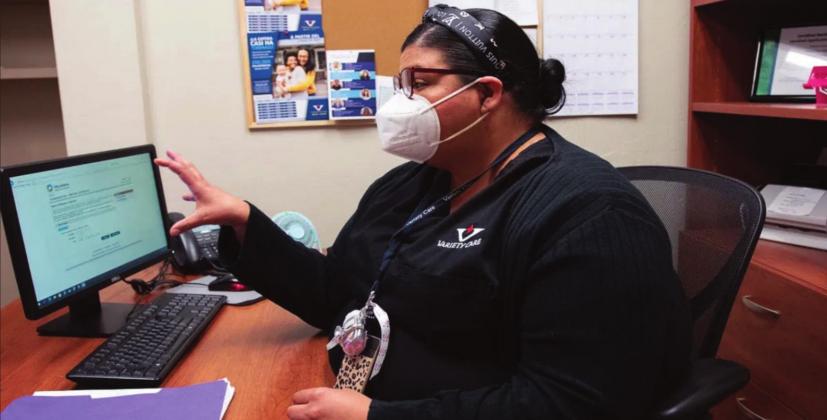Dr. Daniel Joyce has been giving out a different type of news to patients at Lawton’s Hearts That Care Clinic.
Joyce, who runs the nonprofit free clinic, has been talking to them to see if they’ll be eligible for free health coverage under the state’s Medicaid expansion that took effect Thursday.
Time after time, he’s found many have been shocked — albeit pleasantly so.
“I have one patient who’s been without insurance for about 10 years,” he said. “We got them the information (about Medicaid expansion) and they came back in tears saying ‘I got approved, is this for real?’”
Nearly a year after voters approved State Question 802, health care leaders and patient advocates celebrated Thursday as Medicaid expansion took effect and Oklahoma officially became the 37th state to accept the optional expansion.
This means that hundreds of thousands of Oklahomans who meet the new income eligibility limits — $17,796 for an individual or $36,588 for a family of four — will now be covered under SoonerCare, the state’s Medicaid program. The newly enrolled won’t need to pay any premiums and little-to-no co-pays for their care moving forward.
In a state with the second highest uninsured rate in the country (next to only Texas), supporters of the expansion say this could be a game changer in making sure some of the state’s most vulnerable populations have access to free or nearly free medical care.
And with the federal government picking up more than 90 percent of the costs, a relatively small amount, $164 million, was needed in state funds to fund the expansion.
But the state faces another challenge: How do you make sure hundreds of thousands of newly eligible Oklahomans know about their new potentially life-changing benefits?
The stakes are high for both struggling residents and hospitals, especially in rural parts of the state where it’s harder to get the message out. If not enough people sign up under the expansion, many of the benefits, such as strengthening the financial health of rural hospitals, adding health care jobs to the state’s economy and improving health outcomes for thousands, will be muted or delayed.
“I think there’s still a large swathe of the population that does not know this even exists,” said Oklahoma Hospital Association Executive Director Patti Davis. “Most

